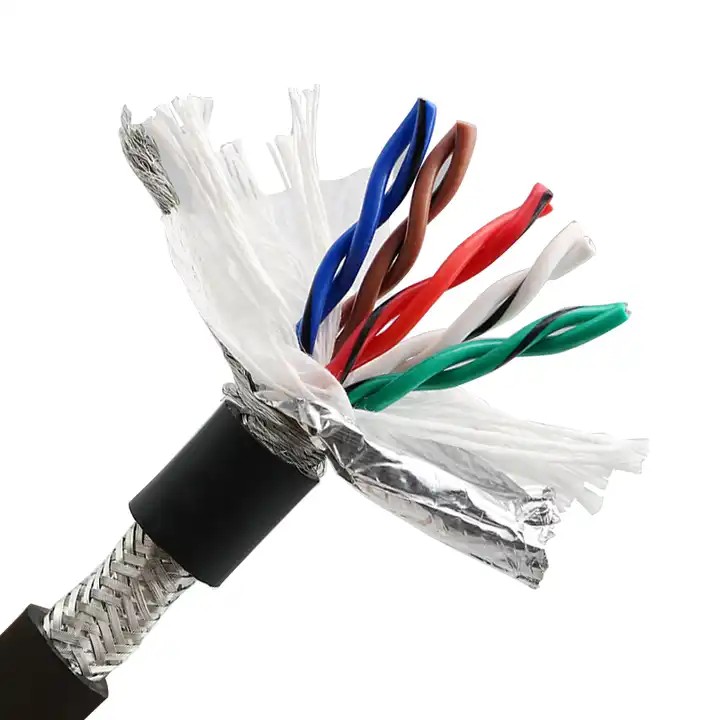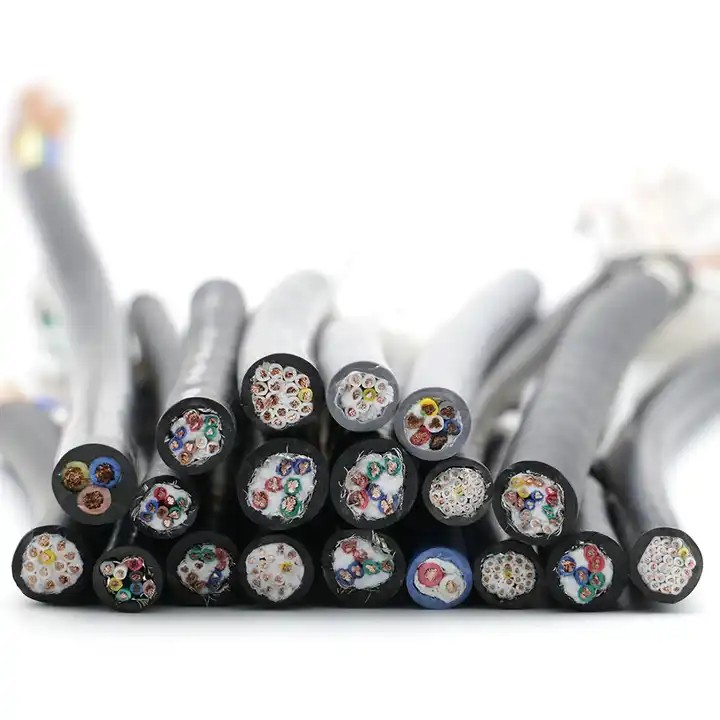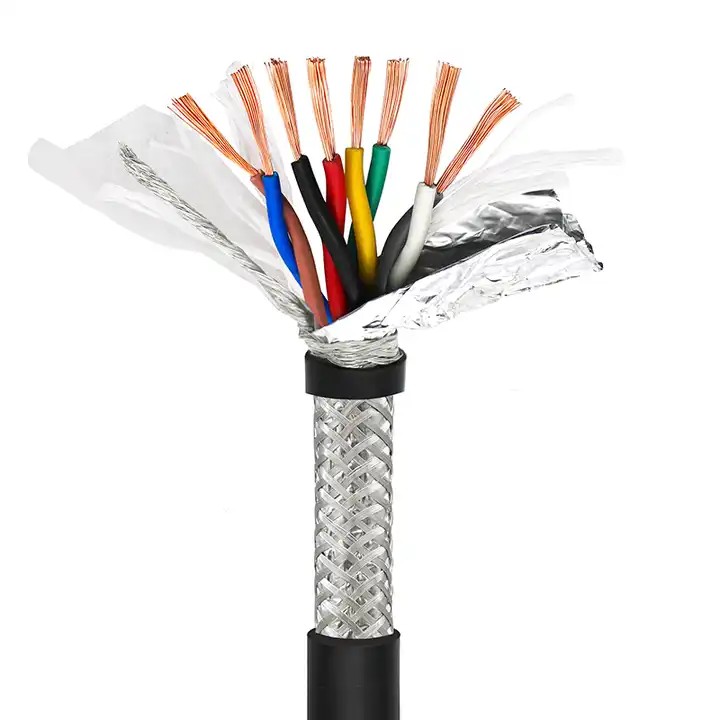Lead-Free Cables Not RoHS Compliant wiring? Fix It Now
Published:
2025-08-04 17:50:13
Lead-free does not always mean RoHS compliant wiring. Learn the difference and why it matters for your cables.
The world is moving towards sustainability, and lead-free materials are often considered a primary indicator of compliance with environmental regulations. However, there’s a crucial distinction between being “lead-free” and being “RoHS compliant.” If your cables are advertised as lead-free, you might be unknowingly missing out on other essential requirements. In this article, we will explore why lead-free cables don’t necessarily mean RoHS compliant and what that could mean for your products.
Pain Points in Cable Manufacturing
1.Misunderstanding Lead-Free vs. RoHS Compliance wiring
Many manufacturers mistakenly assume that if a product is lead-free, it meets the strict requirements of the RoHS directive. However, RoHS compliance covers far more than just lead. RoHS, or Restriction of Hazardous Substances, restricts the use of six hazardous materials, including cadmium, mercury, and certain flame retardants, in electronic and electrical equipment. The confusion between being lead-free and RoHS compliant often leads to costly mistakes, especially when products fail to meet international standards.
2.RoHS: A Holistic Standard for Electronics
The RoHS directive was established to reduce the environmental impact of electronic waste by ensuring that products contain minimal hazardous substances. Although lead-free cables remove one harmful element, they may still contain other substances like brominated flame retardants or cadmium, which would disqualify them from RoHS compliance. Understanding the full scope of RoHS is critical to ensure the safety and sustainability of your products.
3.Risk of Non-Compliance
Failing to meet RoHS standards can lead to serious consequences. These range from recalls and fines to damaged brand reputation. More importantly, manufacturers who neglect RoHS compliance wiring might find their products banned from entering markets such as the European Union, where RoHS enforcement is stringent. As the global market pushes for more sustainability, ensuring compliance can be the deciding factor in a product’s success.
4.The Cost of Ignoring RoHS
Many manufacturers focus solely on removing lead from their cables, thinking they’re doing enough to meet regulatory standards. While this is a great first step, it’s only part of the solution. Focusing exclusively on lead-free can result in overlooking other harmful substances, potentially costing your business significant fines, lost opportunities, and damage to your reputation. For instance, cadmium, mercury, and certain flame retardants are still commonly found in cables that aren’t RoHS compliant.

Technical Solutions to Ensure RoHS Compliance wiring
1.Testing and Certification: The Key to RoHS Compliance wiring
To ensure your cables are RoHS compliant, testing and certification are crucial steps. Testing involves assessing the presence of restricted substances like lead, cadmium, mercury, and brominated flame retardants in your cables. Certified labs can analyze components for hazardous substances, helping you verify compliance. Manufacturers should prioritize working with testing agencies to ensure their products meet RoHS standards.
2.Shift to Safer Materials
An essential technical solution lies in material substitution. Manufacturers can shift to safer, non-toxic alternatives for materials like flame retardants or coatings used in cables. For example, halogen-free flame retardants are a suitable substitute for the brominated flame retardants commonly used in cables. These safer materials are often more environmentally friendly, ensuring not only RoHS compliance wiring but also better sustainability outcomes.
3.Design Modifications for RoHS Compliance
When designing cables, manufacturers should select materials that inherently comply with RoHS. For instance, lead-free soldering should be used, and other materials should be tested for the presence of restricted substances. Manufacturers can also design their cables with better insulation that does not contain harmful additives. Implementing these solutions in the design stage can save time and costs during the testing phase.
4.Ongoing Monitoring for Compliance
RoHS compliance wiring isn’t a one-time check; it’s an ongoing process. Regulatory standards may evolve over time, requiring manufacturers to adjust their products accordingly. Regular audit processes and keeping up with legislative changes ensure that products stay compliant even after initial production.
Conclusion:
In conclusion, being lead-free is a significant step towards a safer environment, but it does not guarantee RoHS compliance wiring. Understanding the full scope of the RoHS directive and ensuring your products meet all of its requirements is essential for accessing global markets and maintaining your business’s reputation. Whether you’re in the cable manufacturing industry or any other electronics sector, investing in comprehensive testing, safer materials, and effective design processes will help you navigate the complex world of compliance.
For manufacturers, the next step is simple: ensure RoHS compliance wiring by embracing the solutions discussed above. This will not only protect your business from regulatory penalties but also build trust with customers who are increasingly concerned about the environmental impact of the products they use.













